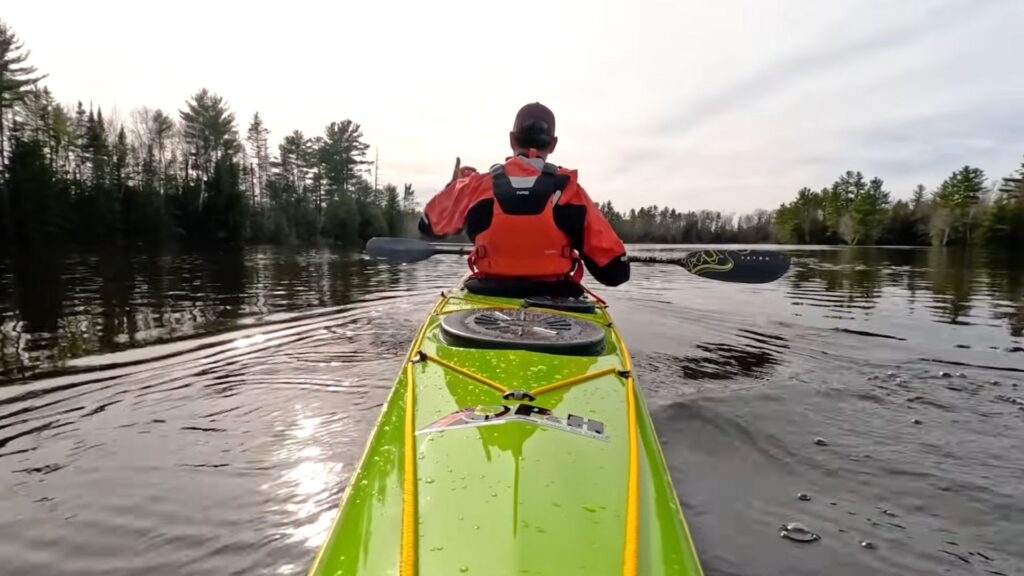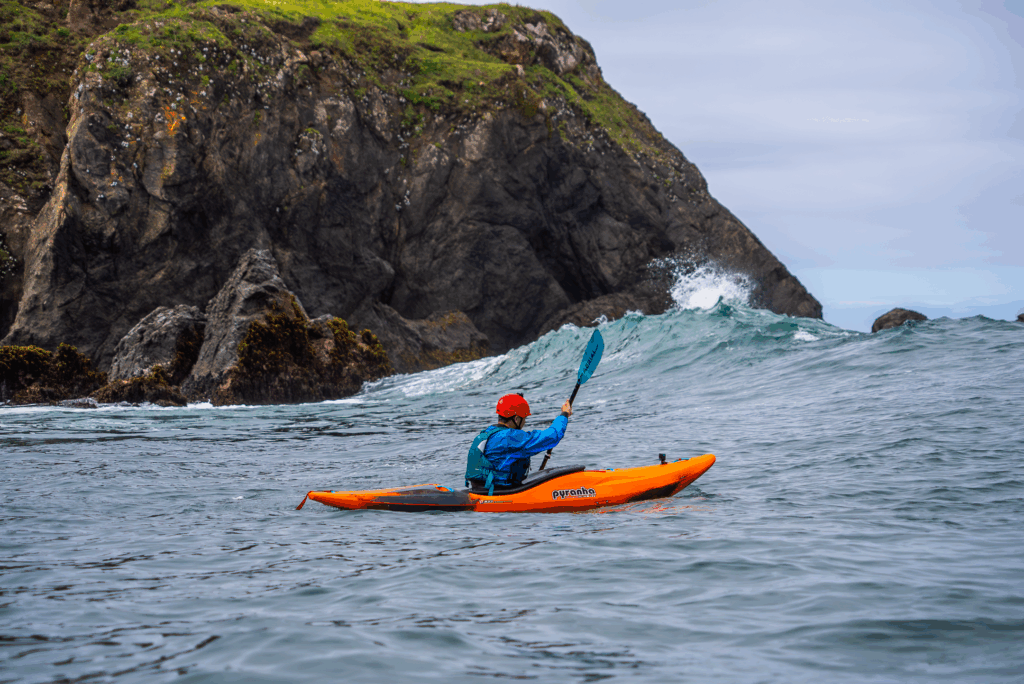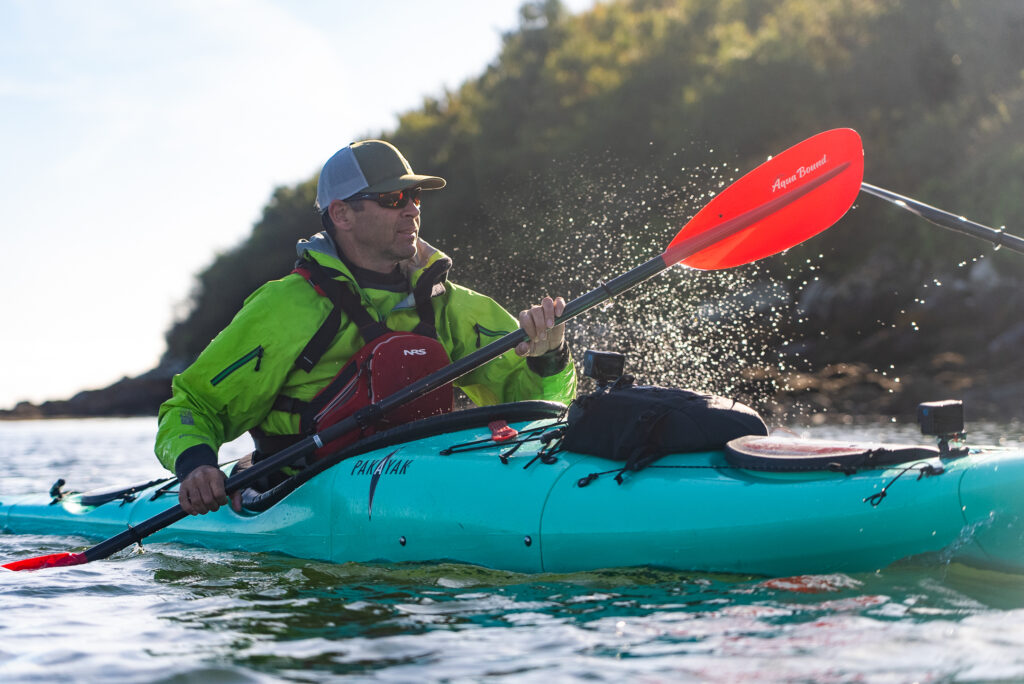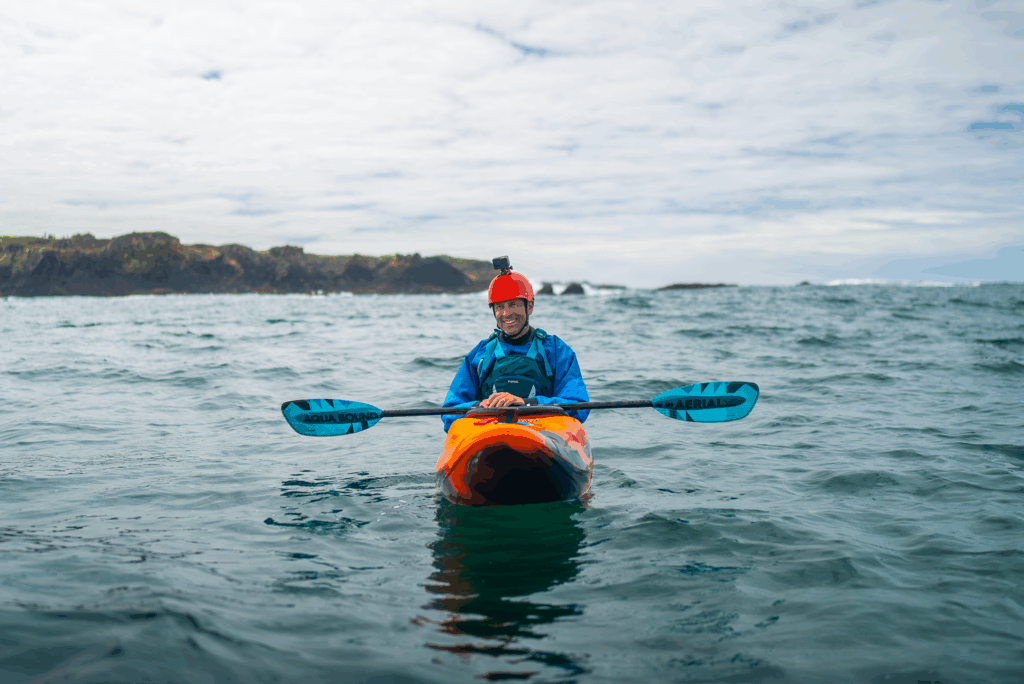If you're new to kayaking, a few simple tips can make your experience safer, smoother, and way more enjoyable. Ken Whiting from @PaddleTV shares five golden rules beginner kayakers should know—though seasoned paddlers could use a refresher, too.
1. Always Wear a PFD
For all kayakers, the use of a Personal Flotation Device (PFD) is non-negotiable. Just like a seatbelt in your vehicle, it might feel unnecessary—until it isn’t. PFD's save lives. Always wear it, even in calm or shallow water. If comfort is an issue, invest in a paddling-specific PFD, and know that there are PFDs designed to accommodate different types of kayaks. For example, some paddling PFDs will have little flotation, or no flotation in the back, to accommodate the high-back seats that quality recreational kayaks often have. If you're looking for a paddling specific PFD, I'm a big fan of NRS lifejackets.

2. Use Your Paddle Properly
One of the most common mistakes beginner kayakers make is using the paddle incorrectly. Make sure the cupped (concave) side of the blade faces you. If they do so, then the Logos should be upright and readable on the blade. If they're not, it means your blades are on the wrong side of the kayak, and you need to rotate the paddle 180-degrees. Your hand placement should be slightly more than shoulder width apart, with your hands an equal distance from the blades. To test your hand placement, put your paddle on your head. This should create a 90° angle at your elbows. When you're paddling, you should maintain a light and relaxed grip on the paddle.
Some paddles will have drip rings on each end. if yours does, position the drip rings a hand’s width from the blades. This will prevent water from running off the blade, down the paddle shaft to your hands, where it will then drip onto your lap.

Another consideration is the feather, or twist of your paddle. This refers to the angle difference between the two blades. There is no right or wrong when it comes to paddle feather. I would recommend using anything between a 0 and 45° twist. Most quality 2-piece kayak paddles let you modify the twist of the paddle.
Choosing the right paddle length is key to comfort and efficiency. Read an article about Kayak Paddle Size and Length.
3. Power Your Strokes with Torso Rotation
Strong arms help—but your core should do the heavy lifting. Many beginner kayakers underestimate the value of torso rotation. Rotate your torso with each stroke to maximize power and reduce fatigue. This technique also improves control and allows you to paddle longer with less strain.

Check out my tips to learn the three kayaking strokes that form the foundation for good paddling technique.
4. Prepare for a Capsize
Capsizing happens—even to the best of us. Beginner kayakers should stay within swimming distance of shore unless they’ve learned how to reenter a kayak from the water. it's also critical that you dress for the water temperature, not just the air temperature. Below 65°F/18°C? You’ll want to consider a wetsuit, dry suit or other technical paddling apparel to help prevent hypothermia. For more information, PaddleTV offers a detailed video on the gear you should consider when paddling in cold conditions.

If you're paddling in warm water, and on bodies of water that are protected from strong wind and waves, then you don't NEED to take a paddling course. But, the American Canoe Association does have a free Paddlesports Online Safety Course that is worth it for all beginner kayakers. If you want to explore more broadly with your kayak, it is highly recommended that you take a kayak safety and rescue course.
5. Know Your Limits as a Kayaker
Accidents happen when paddlers overestimate their skills. Beginner kayakers should be honest about their fitness and experience, and they should know about their kayak’s capabilities. Sit-on-top kayaks are safer overall because they won't swamp. On the other hand, sit-inside models tend to perform better, but they need proper flotation like bulkheads or float bags in order to be safe if you're going to travel further from shore than you can comfortably swim.

Make the Most of These 5 Rules
Stick to these five golden rules—wear your PFD, use your paddle correctly, engage your torso, be ready for a capsize, and know your limits—and you’ll steer clear of the most common beginner hazards. Beginner kayakers will find kayaking safe and fun—if they respect the water, their gear, and their own limitations.
For more in-depth tips and gear reviews, check out Ken Whiting’s videos on Paddle TV. Paddle safe—and have fun out there!








